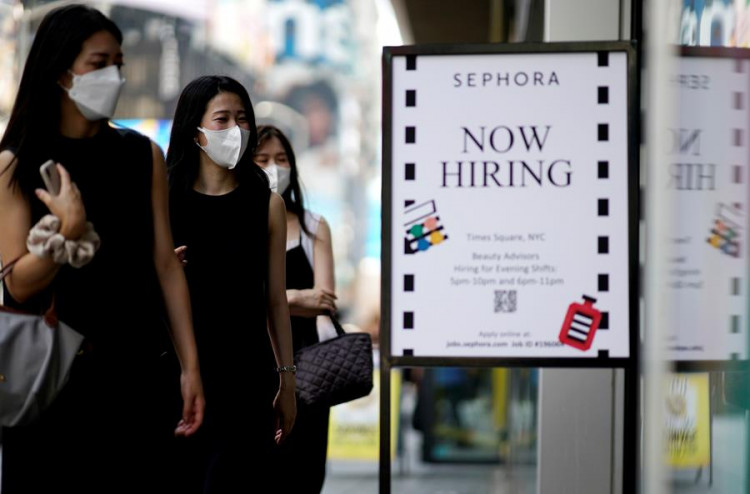The US labor market added only 114,000 jobs in July, significantly below the 175,000 expected by economists. Concurrently, the unemployment rate rose to 4.3%, the highest level since October 2021, underscoring the mounting challenges facing the economy as it navigates a summer slowdown.
The latest data from the Bureau of Labor Statistics (BLS) paints a sobering picture of the labor market. The modest job additions for July came in lower than the revised 179,000 jobs added in June, reflecting a troubling trend of decelerating employment growth. This slowdown is further compounded by a rise in initial jobless claims, which reached 249,000 for the week ending July 27, the highest level since August 2023.
The labor force participation rate ticked up slightly to 62.7% from 62.6% in June, suggesting that more individuals are seeking employment despite the tightening job market. However, the household survey revealed an increase of only 67,000 in employment, while the ranks of the unemployed swelled by 352,000. This contraction in the labor force by 214,000 further complicates the economic outlook.
Wage growth also showed signs of cooling, with average hourly earnings rising just 0.2% for the month and 3.6% year-over-year, down from 3.9% in June. These figures were below the respective forecasts of 0.3% and 3.7%, indicating that inflationary pressures may be easing but at the cost of slower economic growth.
Healthcare led job creation in July, adding 55,000 positions, although this was below the average monthly gain of 63,000 over the past year. Other sectors showing gains included construction, which added 25,000 jobs, government with 17,000, and transportation and warehousing with 14,000. Leisure and hospitality, which has been a significant contributor to job growth in recent years, added 23,000 jobs.
Conversely, the information services sector experienced a loss of 20,000 jobs, highlighting the uneven nature of job growth across different industries. This mixed performance across sectors suggests that the economic recovery is losing momentum, with some areas of the economy faring better than others.
The recent Job Openings and Labor Turnover Survey (JOLTS) for June also indicated a slight decrease in job openings, with hirings falling and quits hitting their lowest level since November 2020. These data points contribute to a broader narrative of a cooling labor market, which has been a pillar of economic strength in recent months.
The market reaction to the jobs report was swift, with stock market futures adding to losses and Treasury yields plunging. The 10-year Treasury yield dropped to its lowest level since February, reflecting investor concerns about the economic outlook and the Federal Reserve's potential response to these labor market conditions.
Friday's report adds to the mixed signals about the US economy, which has shown resilience in certain areas while facing headwinds in others. The labor market, in particular, has been sending troubling signals recently, with July's payrolls increase well below the 12-month average of 215,000 jobs.






